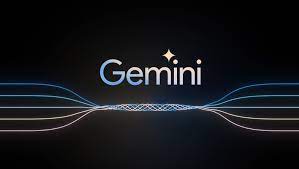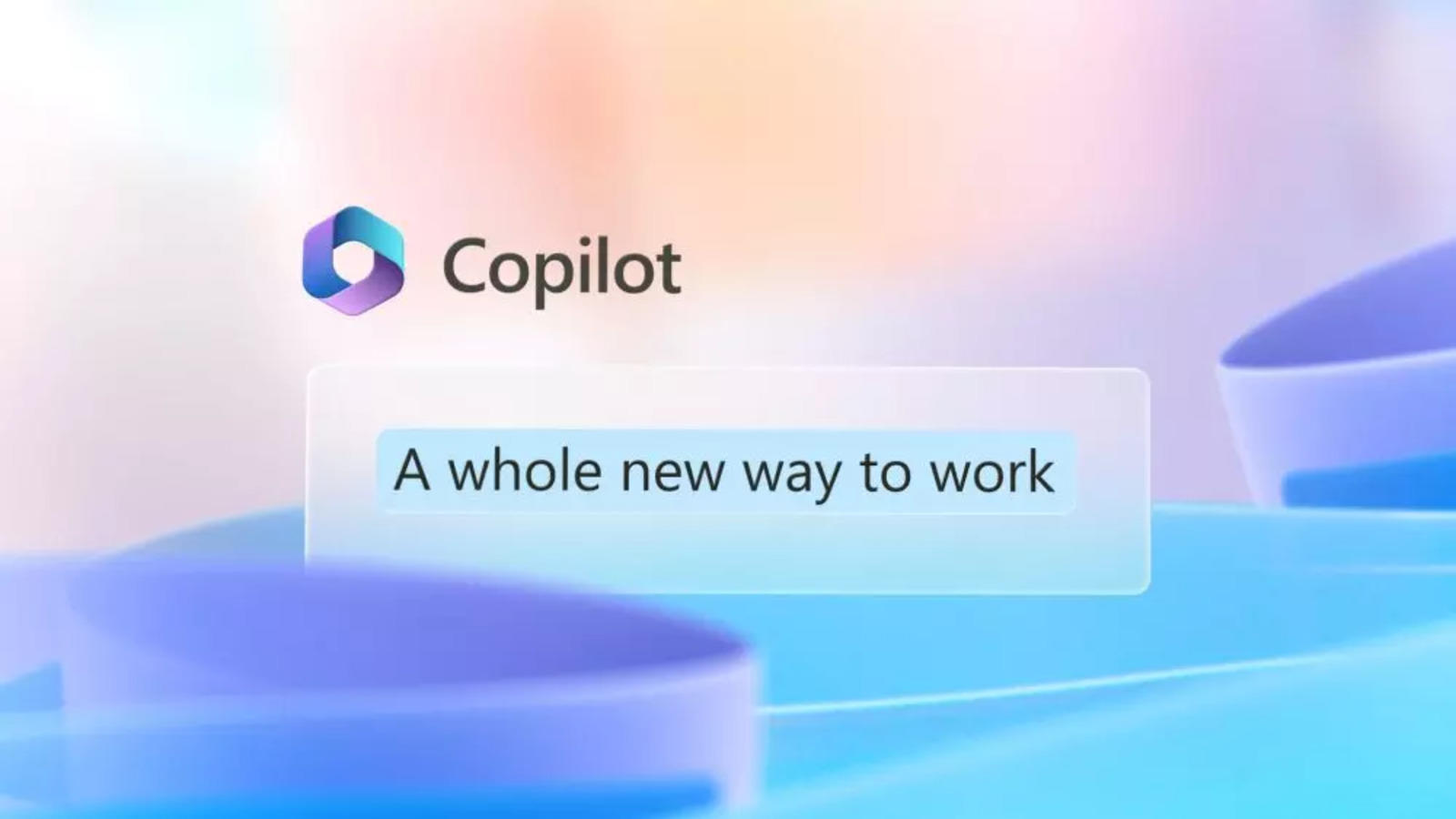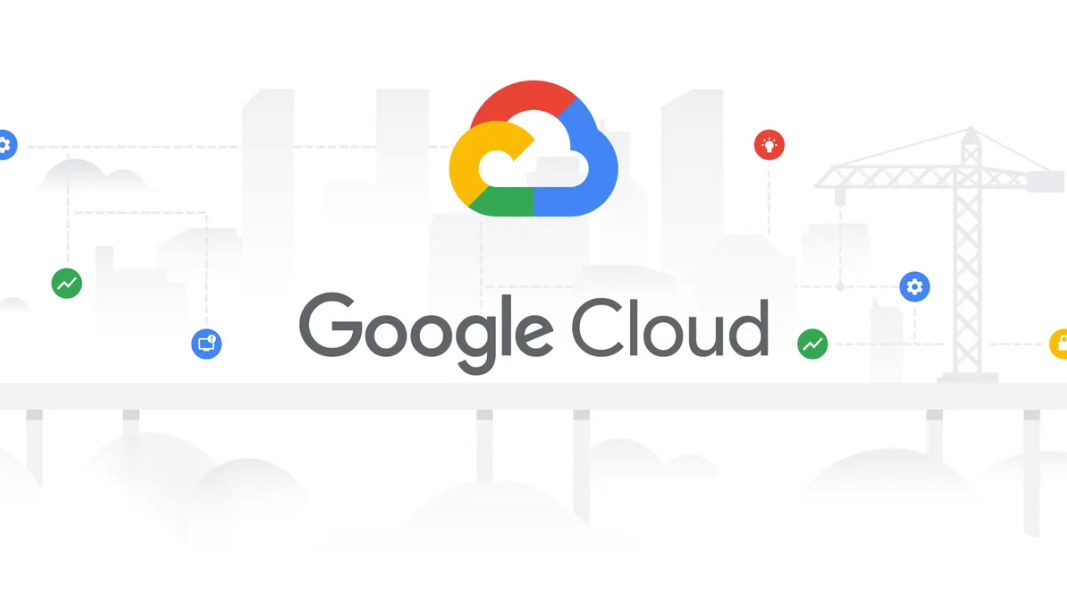Generative artificial intelligence and low-code software have become the most sought-after technologies in recent times. Experts believe that although independently powerful, these two technologies accelerate innovation beyond the boundaries if combined together.
Low-code development allows individuals to build applications with less need for hard code by using visual tools and other models. The integration of low-code and AI appears beneficial, it is essential to consider issues such as data integrity and security for meaningful integration.
Microsoft’s Low-Code Signals 2023 Report Says, “87% of chief innovation officers and IT professionals believe increased AI and automation embedded into low-code platforms would help them better use the full set of capabilities.”
According to Dinesh Varadharajan, CPO at low-code/no-code work platform Kissflow, “The convergence of AI and low-code enables systems to manage the work rather than humans having to work for the systems. Additionally, rather than the AI revolution replacing low-code, One doesn’t replace the other, but the power of two is going to bring a lot of possibilities.”
Varadharajan added, “As AI and low-code technology come together, the development gap closes. Low-code software increases the accessibility of development across organizations while generative AI increases organizational efficiency and congruence.”
According to Jim Rose, CEO of an automation platform for software delivery teams called CircleCI, “These large language models that serve as the foundation of generative AI platforms will ultimately be able to change the language of low-code.”





